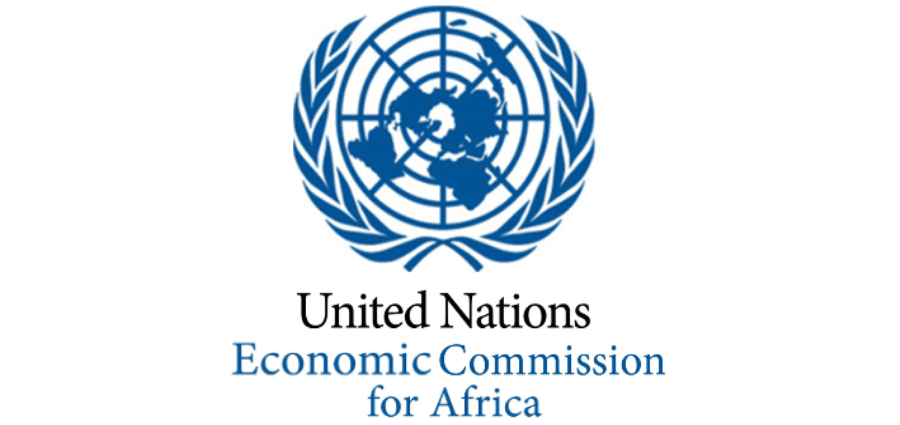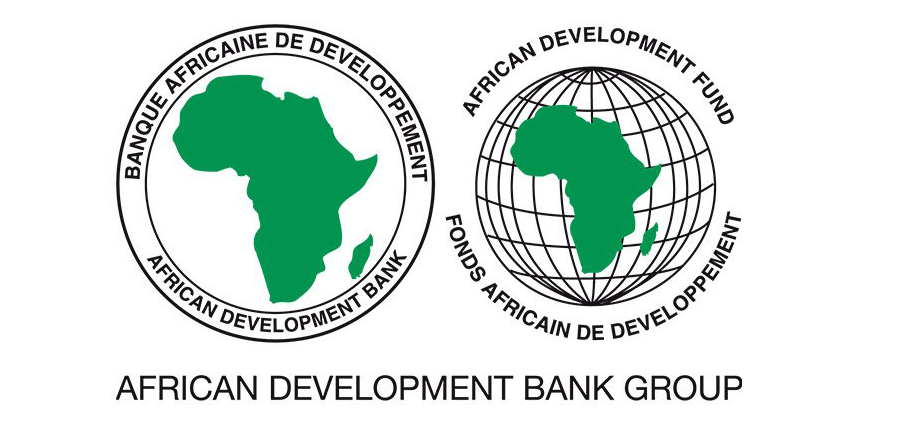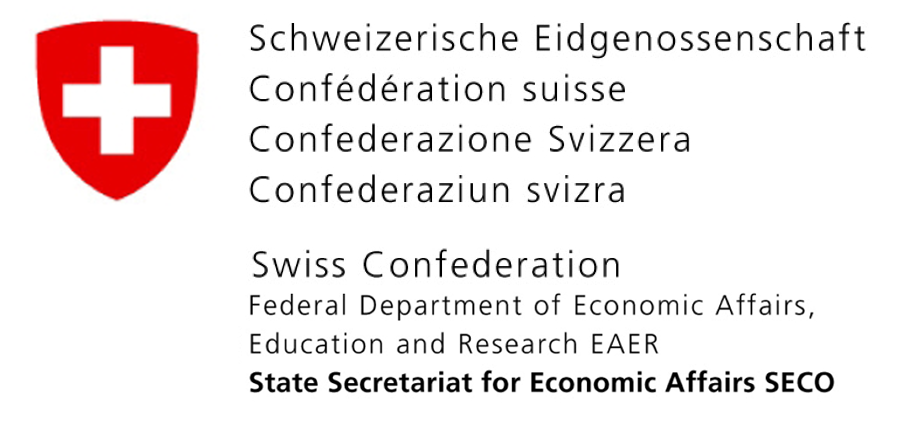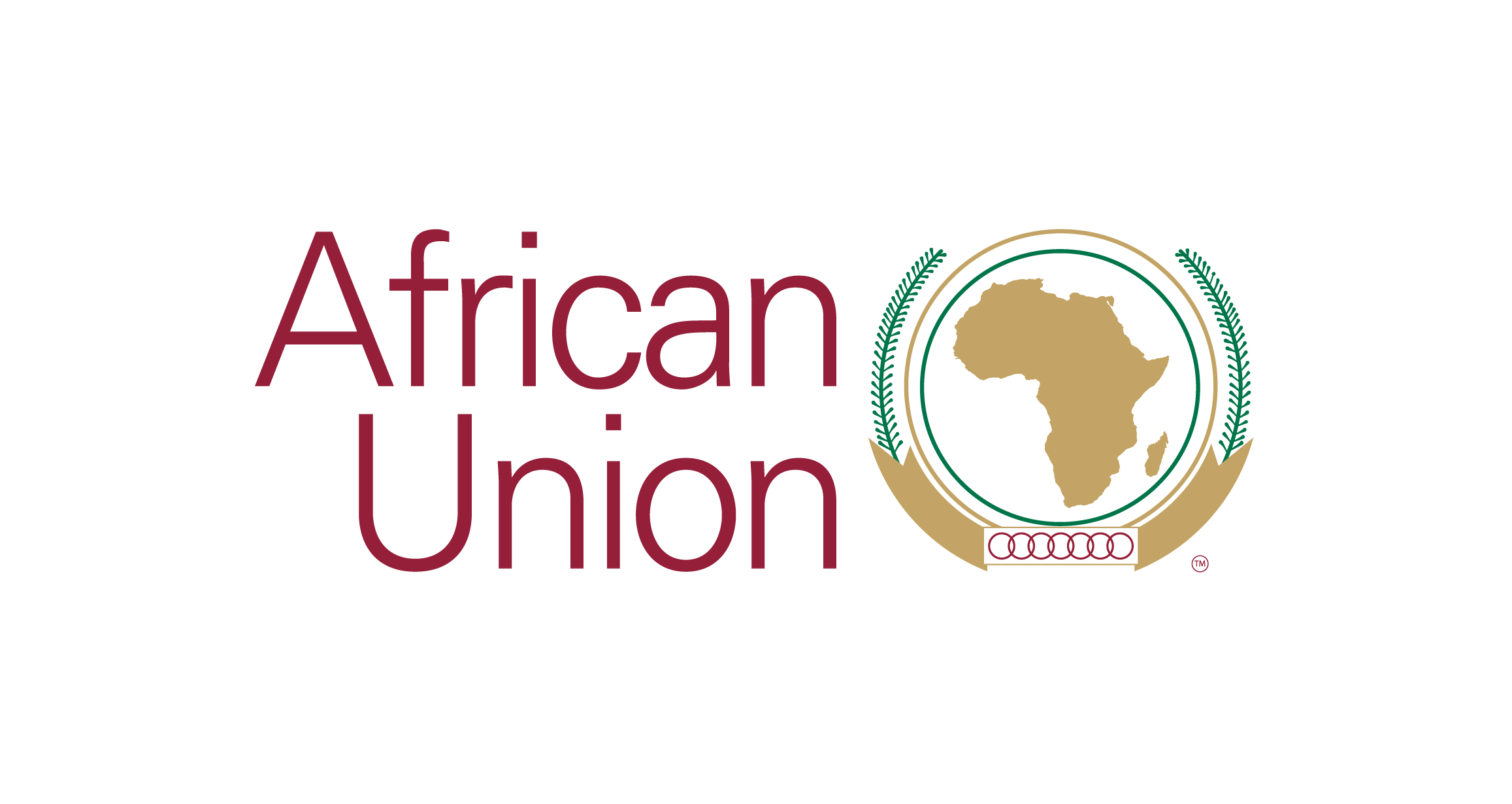Pro-Growth Pro-Poor Transport Strategies
A pro-growth, pro-poor transport strategy (PGPTS) is a sectorial instrument that directs resources to transport interventions that support economic growth and poverty reduction, as well as creating a vibrant transport sector. It is also an essential tool to improve efficiency and effectiveness of resource utilization through increasing coherence between sectorial policy, spending and results. Transport plays a critical role in ensuring that a “pro-growth” approach has “pro-poor” effects in the long run.







